Getting paint on your tires can be problematic, because while the paint won’t interfere with tire performance, it often degrades the look and aesthetic of your vehicle.
However, if you don’t know how to remove paint from tires, using the wrong product could damage them and place you in danger while driving. So, if you’d like to learn how to remove paint from tires properly, keep reading to see what I gathered on this topic!
Drivers can remove paint from their tires with vegetable oil, baking soda, and lemon juice if the paint has dried, as well as bug and tar remover. However, if the paint is still fresh, drivers can use a cloth and rubbing alcohol to remove the paint (both of these options apply to spray paint in addition to road paint).
For more information on removing paint from tires, including overspray, road paint, spray paint and more, read on for more useful facts!
In order to remove road paint from tires, you’ll require bug and tar remover, a sponge and a scrubber with soft bristles or a terry cloth, and must consult the following method:
However, drivers should note that there are different types of road paint and, while you might drive through mild road paint, you may also drive through thermoplastic paint, which is much harder to remove.
To remove regular paint from your tires, you only need common household supplies such as vegetable oil, baking soda and lemon juice.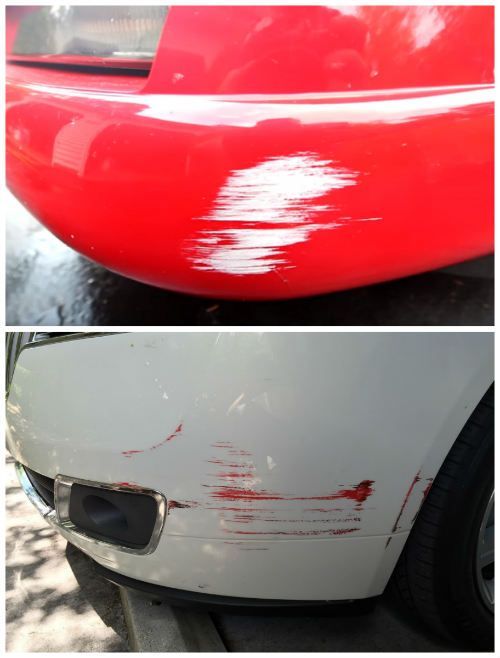
While there are products available for removing paint from tires, it’s more economical to use the above mixture (unless you’re regularly spilling paint onto your tires).
Unlike other cleaning supplies, vegetable oil, baking soda and lemon juice will not harm the rubber, meaning you don’t have to worry about cracked or mushy tires after getting rid of the paint.
As well, avoid using the usual paint removal products such as paint thinner, because they’re very harsh when used on rubber. Instead, consult the below method:

This process should get most tires clean, but if it doesn’t, apply vegetable oil generously over the tires using a spray bottle.
Afterward, leave the tires for between 2 and 4 hours so the vegetable oil can break down the paint, then drench the tire in water and scrub.
This method also applies to new and fresh paint, but make sure that you work in an open space to avoid both the paint fumes and the toxic vapors that come off new tires.
If the paint on your tires is still fresh, the most effective method to remove the paint is with rubbing alcohol and a cloth (the above-mentioned method can also be used for fresh paint).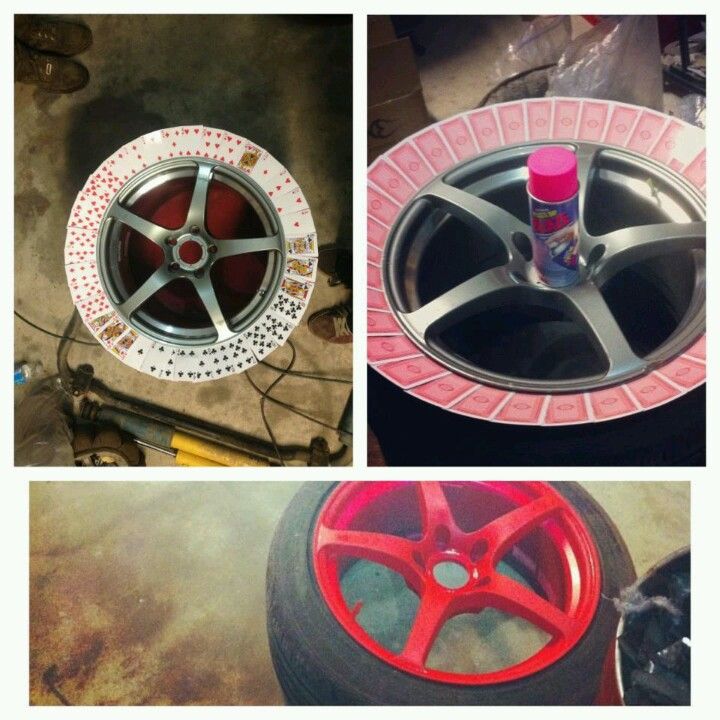
To utilize this method, pour a generous amount of rubbing alcohol onto the piece of cloth and wipe the cloth over the tires.
As with all forms of fresh paint, make sure you do this in a well-ventilated area, preferably outside or with the garage door open to avoid inhaling dangerous fumes.
Additionally, both rubbing alcohol and the above-mentioned process using baking soda can be used for removing overspray from tires.
To learn more, you can also read our related articles on why do new tires smell, if you can paint tires, and where can you dispose of your tires for free.
You can get paint off tires through a cleaning procedure using baking soda, lemon juice and vegetable oil. As well, you can remove fresh paint by using rubbing alcohol.
Additionally, for road paint, you can use bug and tar remover to lift the paint from your tires.
05th Jun,2022
So you’ve got paint on your tires.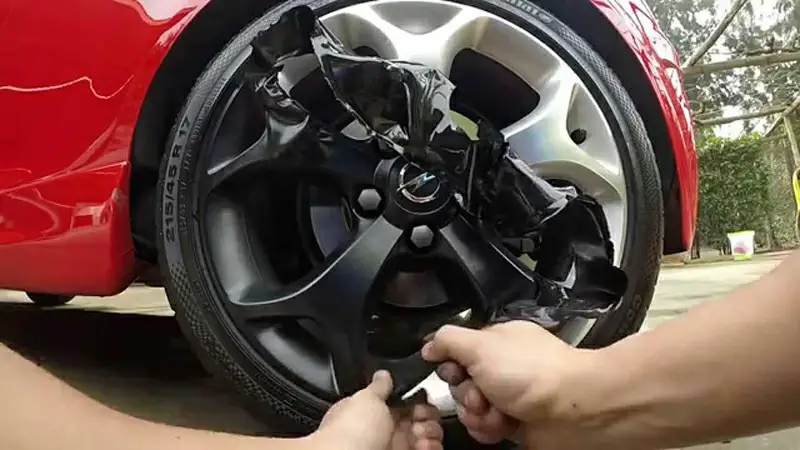 While there are different methods you can do to remove it by yourself, it can be tricky and you might end up in a worse situation than before.
While there are different methods you can do to remove it by yourself, it can be tricky and you might end up in a worse situation than before.
To help you out, we’ve put together this simple guide to remove paint from your tires.
Table of Contents
Depending on the method, removing paint from wheels can be as straightforward as taking a few minutes long changing your tires. Knowing how to remove paint from tires is a useful skill, especially if you’re fond of painting rims by yourself. If your car has wheel spacers the method to remove the paint is the same. Check out this guide if you don’t know what are wheel spacers.
Here are the different methods you can do: All the supplies that you need can be found on Amazon or your local auto parts store.
Method 1You will need:Check Today’s Price
Instructions:
Check Today’s Price
Instructions: The vegetable oil will break apart the paint on the tires.
The vegetable oil will break apart the paint on the tires.Vegetable oil may seem like an unlikely ingredient to remove tire paint, but it’s an effective technique to give your wheels a shiny-looking appearance without inflicting damage.
Method 3If the paint is still fresh, you can use this quick method to take off the unsightly stains from your tires in minutes.
You’ll need:Check Today’s Price
Instructions:This fourth and final method is ideal if you need to get road paint off your tires.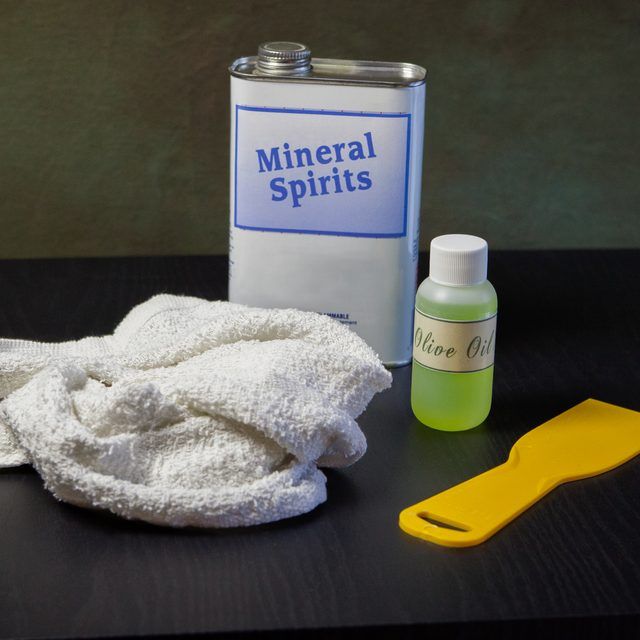
Road paint is typically harder to remove because they soak into the rubber. But surprisingly, it’s actually easier to remove if the painted part is on the treads. If you keep driving, the stains that mar your wheels will eventually wear off. If the paint is on the tire’s sidewalls, however, this is where it gets a little tricky.
You will need:Check Today’s Price
Instructions: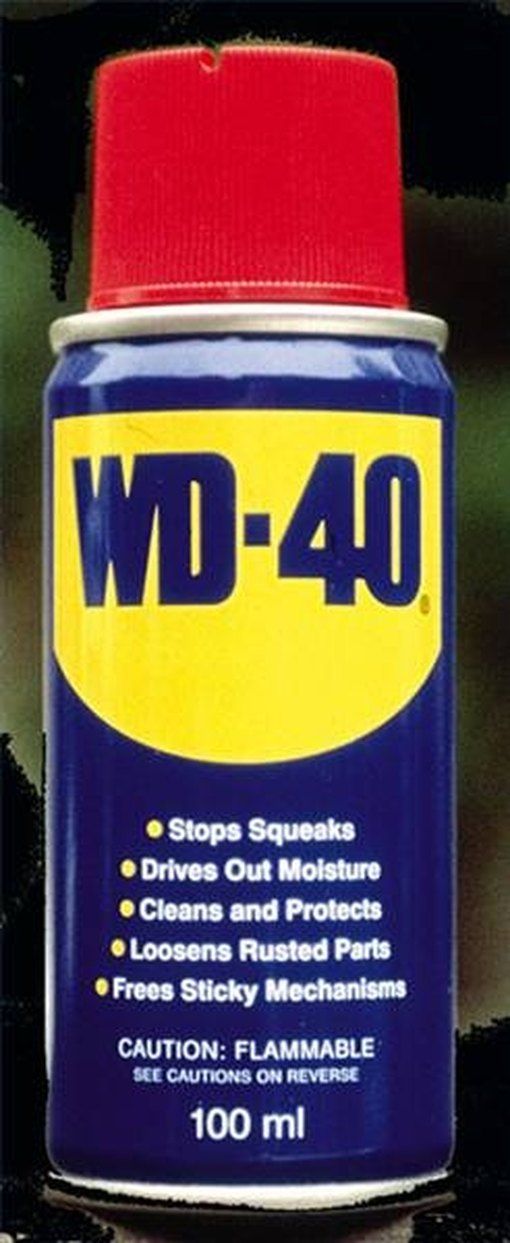 Then, use a lint-free towel to dry.
Then, use a lint-free towel to dry.If you search online posts regarding this matter, you’ll find that people are conflicted if paint thinner causes tire damage. Some users claim that thinners are an easy way to get the job done fast and that they’ve used it all the time.
However, petroleum products and solvents are very harsh and should not be used on tires. Buying new, reliable tires as you’ll see here is always an option, but it isn’t always the wisest one. When those products are absorbed by your tire, it will cause the rubber to break down.
Lacquer thinners, paint strippers, white wall cleaners, and other similar products are very caustic and will make your tire more prone to brittleness and cracking, thus significantly reducing your tire’s lifespan.
Although it can be said that short term exposure to these products won’t have any visible harm, it would be wise to stay away from them to keep the integrity of your wheels. If you’re using any of these products in your home, be careful when handling them as they may cause damage as well.
If you’re using any of these products in your home, be careful when handling them as they may cause damage as well.
Removing tire paint may seem like a daunting task, but it can be made easy with the proper materials at hand. With the different methods listed above, you’re sure to find one that works when getting the stains off your tires.
Just remember that although your tires are tough, products such as solvents can be harmful and should not be used. Also, ensure that you do some maintenance to keep tire quality every now and then.
If your struggling to remove your tires, check out this seperate guide.
Before proceeding with the repair, we take measures to protect things and some devices from dust, putty or paint on them. Unfortunately, sometimes it is not possible to completely avoid trouble, and after completing the finishing work, you have to clean and scrub various things for a long time.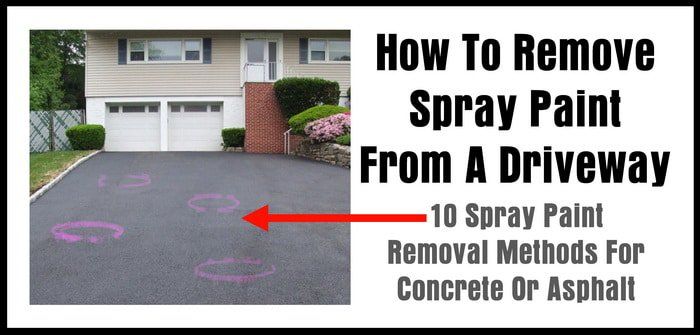 Experience shows that switches, sockets and ventilation grilles, which are made of plastic, most often suffer during repairs. If it is not difficult to wipe these devices from dust and putty, then the paint causes a lot of problems. The task is further complicated by the fact that, unlike glass and metal, plastic is afraid of aggressive substances, and cleaning with a solvent can completely ruin the product.
Experience shows that switches, sockets and ventilation grilles, which are made of plastic, most often suffer during repairs. If it is not difficult to wipe these devices from dust and putty, then the paint causes a lot of problems. The task is further complicated by the fact that, unlike glass and metal, plastic is afraid of aggressive substances, and cleaning with a solvent can completely ruin the product.
But do not despair, because there are many effective and fairly simple ways to clean plastic from paint, fresh or already thoroughly dried.
Fresh paint that has just fallen on an object is very easy to remove. To do this, use warm soapy water and a soft cloth. Soapy water can be made using regular shampoo or dish detergent. An important point in this case should be considered safety precautions - if you have to clean electrical appliances, then you need to take care of disconnecting them from the network. After the plastic is washed from dirt, it must be wiped with dry paper or a cloth. If switches or sockets were washed off the paint, you need to wait a couple of hours for the devices to dry and only then turn on electricity.
If switches or sockets were washed off the paint, you need to wait a couple of hours for the devices to dry and only then turn on electricity.
The main mistake when cleaning plastic from paint is trying to wipe it off with improvised means, without using water and detergent. In this case, usually, the paint is simply smeared, but not completely removed. After a while, traces of such not completely removed pollution become visible, but removing them is already an order of magnitude harder than dry paint.
In the event that the paint has already begun to dry out and it is impossible to wash it with soapy water, you can use vegetable oil. Any product is suitable for these purposes: sunflower, olive, corn or even burdock oil. Fats in this group are able to soften and "lift" the paint, after which it can be easily removed with a soft cloth. After cleaning with oils, wash the plastic product with warm soapy water and wipe dry.
Another method, although quite risky, is to expose paint stains to nail polish remover.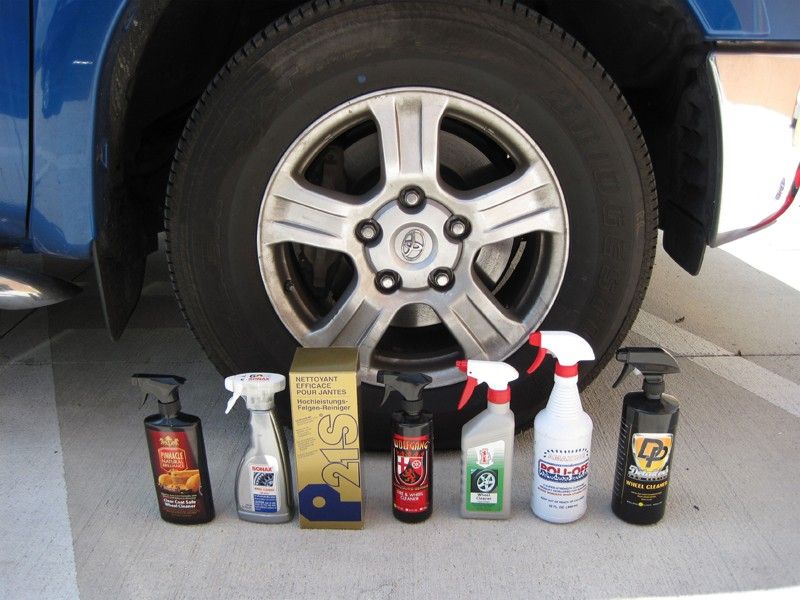 This liquid contains acetone, which is an excellent solvent. In cosmetic preparations, acetone is diluted, so it is not so aggressive, but there is still a small chance of damage to the plastic, so you need to be careful. The ideal solution would be to conduct a small experiment on an invisible part of the plastic object, in order to study the effect of acetone on the polymer.
This liquid contains acetone, which is an excellent solvent. In cosmetic preparations, acetone is diluted, so it is not so aggressive, but there is still a small chance of damage to the plastic, so you need to be careful. The ideal solution would be to conduct a small experiment on an invisible part of the plastic object, in order to study the effect of acetone on the polymer.
Paint that has been on the surface of the plastic for a long time cannot always be removed by the methods listed above, so radical means must be used to work with such contaminants. Isopropyl alcohol proved to be excellent in cleaning. This organic compound is used in perfumery as a substitute for more expensive ethyl alcohol. Finding it in its pure form is not easy at all, but if you succeed, you will get an effective and safe cleaner for plastics. To remove dried paint, apply a little alcohol to the cloth and wipe the contaminated surface. In the event that this is not enough, the procedure can be repeated several times. Although isopropyl alcohol is not toxic, you must protect your respiratory tract and skin when using it. Inhalation of alcohol vapors can affect well-being, and getting it on the skin is fraught with irritation and even allergic reactions.
Although isopropyl alcohol is not toxic, you must protect your respiratory tract and skin when using it. Inhalation of alcohol vapors can affect well-being, and getting it on the skin is fraught with irritation and even allergic reactions.
Well, the most radical method - scraping paint from plastic, should be used only in the most extreme cases, when other methods were ineffective. It must be remembered that this cleaning method is based on an abrasive effect on the surface and is not suitable for products with a glossy texture. There are a lot of ways to scrape paint, and for this purpose, you can use both sandpaper and sharp blades. When cleaning plastic, be as careful as possible and do not show excessive zeal, as such an impact can cause irreparable damage to the surface.
Finally, I would like to remind you that by taking care of the reliable protection of plastic products during repair work, you will get rid of the need to experiment with cleaning methods.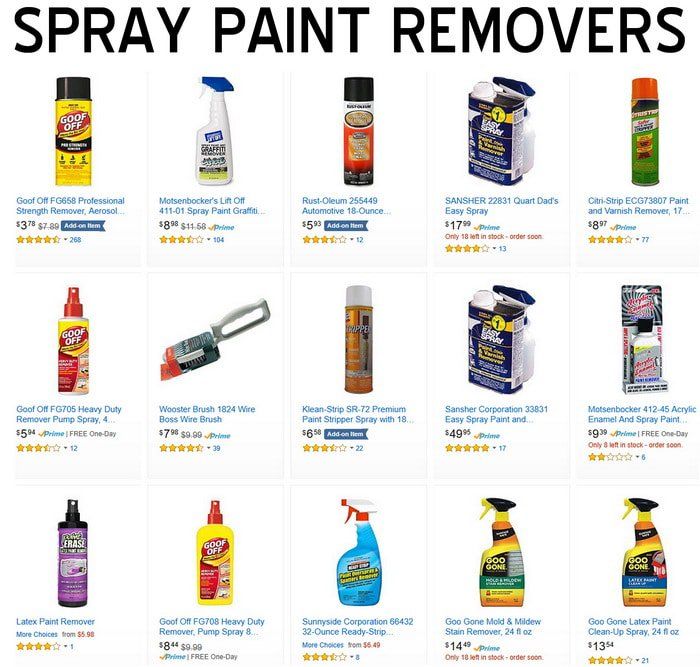 Therefore, before repairing, it is better to seal the switches with a film and dismantle the ventilation grilles and other polymer products.
Therefore, before repairing, it is better to seal the switches with a film and dismantle the ventilation grilles and other polymer products.
Helpful Hints Updated: 12/01/2020 13:08:43
Rate
Submitted successfully, Thank you for rating!
Click to rate
Surely many people have encountered the problem of removing paint stains from various objects. This may be a mark on clothing resulting from contact with a freshly painted surface or a blot on a car body. It is also very important to know how to wash off traces of paint from the skin. So the question of how to wipe the paint does not lose its relevance. There can be no unequivocal answer to it due to the different structure of the materials that need to be cleaned.
There is no universal solvent, so each case requires a different approach. You need to choose a substance that will completely remove the stain and at the same time not spoil the thing itself. So if there is no absolute certainty in the final result, it is better to first test the chosen option in some inconspicuous place. If the result is positive, you can safely proceed to the main work.
You need to choose a substance that will completely remove the stain and at the same time not spoil the thing itself. So if there is no absolute certainty in the final result, it is better to first test the chosen option in some inconspicuous place. If the result is positive, you can safely proceed to the main work.
The most frequently asked question is how to get rid of paint on clothes. There are several approaches that depend on the structure of the fabric and the severity of the contamination. If the trace remains on a dense fabric such as jeans, then the dried layer can be carefully peeled off with a knife. It will be quite simple to do this, but you should not be too zealous so as not to cut the thing itself. White spirit solvent or nail polish remover will help get rid of the remaining traces.
It is necessary to take a cotton swab and apply a little solvent to it, then rub the dirty surface with smooth movements until all traces of paint are completely eliminated. After that, the clothes must be hung out in fresh air so that the unpleasant odor disappears. Then it would be better to treat the surface with a special stain remover and wash it in a typewriter. Almost certainly, after carrying out these procedures, there will be no trace of the former pollution. But there is also a reverse side of the medals.
After that, the clothes must be hung out in fresh air so that the unpleasant odor disappears. Then it would be better to treat the surface with a special stain remover and wash it in a typewriter. Almost certainly, after carrying out these procedures, there will be no trace of the former pollution. But there is also a reverse side of the medals.
If the jeans are of low quality, then along with the paint in which they are smeared, the paint with which the fabric itself was dyed can also dissolve. And then you have to buy special paint for jeans and reapply the product. On some forums on the Internet, you can read that you can remove such pollution with the help of a stain remover, if you rub the problem area with it for a long time. But it doesn't always work. In most cases, traces still remain, and you can simply wipe a hole in the fabric.
For delicate fabrics, solvents are not suitable. A more delicate approach is needed. Slight contamination can be removed with laundry soap. To do this, soak the thing in warm water and rub the soiled area until the result is obtained. In general, one of the best paint thinners, oddly enough, is sunflower oil. In particular, it is used to remove paint from the surface of the skin, since it does not pose a danger to humans, unlike chemical solvents.
To do this, soak the thing in warm water and rub the soiled area until the result is obtained. In general, one of the best paint thinners, oddly enough, is sunflower oil. In particular, it is used to remove paint from the surface of the skin, since it does not pose a danger to humans, unlike chemical solvents.
The principle of working with oil is the same as with white spirit: it is applied to a cotton swab, which then rubs the place of contamination. After this, the clothes must be aired and washed in a typewriter with the addition of a stain remover. Particularly difficult stubborn stains may require several cleaning cycles. It is worth noting that there are cases when it is impossible to save a damaged item without causing damage to it. In such situations, you need to decide whether it is worth wasting time and effort on work that will not succeed.
It is very difficult to recognize such a case at first glance, but if the first few minutes of the rescue did not bring any results at all, then the idea is most likely doomed to failure. It is important to remember that it is much easier to get rid of fresh stains than to wash off the paint when it has already integrated into the structure of the fabric. Therefore, you need not to linger, but as quickly as possible to deal with the problem.
It is important to remember that it is much easier to get rid of fresh stains than to wash off the paint when it has already integrated into the structure of the fabric. Therefore, you need not to linger, but as quickly as possible to deal with the problem.
When it comes to the surface of the car, the task becomes more complicated. It is necessary to remove one paint from another, and so that the native layer does not suffer. In such cases, a special paint remover is used, which is dissolved in water. Before starting work, it is better to test the resulting mixture on the inside of the body, where an unsuccessfully chosen ratio of water and solvent, in which case it will be imperceptible. To do this, a small area of paint is treated with a solution and wait 5-7 minutes. If the top layer of paint has not dissolved, you can safely start working with pollution.
The rule also applies here, the faster the cleaning, the easier it will be to wipe off the layer of excess paint. To work, you need to take a soft cloth that will not scratch the surface of the body. When wiping, do not apply too much force so as not to deform the car. If the contamination is not washed off by hand, abrasive polishing of the body can help. It will surely remove all traces and stains. But after carrying out such a procedure, it is better to open the treated surface with a layer of protective varnish, as it will suffer during polishing.
To work, you need to take a soft cloth that will not scratch the surface of the body. When wiping, do not apply too much force so as not to deform the car. If the contamination is not washed off by hand, abrasive polishing of the body can help. It will surely remove all traces and stains. But after carrying out such a procedure, it is better to open the treated surface with a layer of protective varnish, as it will suffer during polishing.
Lacquer not only gives the car a shine, but also protects the body from the negative effects of environmental factors, so its absence can be a serious breach in protection. Removing paint from a car is a very delicate procedure, so if you have money, it is better to entrust it to professionals. They have enough experience and the whole set of necessary tools to make the whole process a success. The craftsmen can also carry out post-processing of the cleaned surface upon request of the client.
Sometimes the question arises how to clean old paint before new painting.